PICTURES ARE LOADING...
House & single-family home for sale in Poiares (Santo André)
USD 40,288
House & Single-family home (For sale)
3 bd
2,390 sqft
Reference:
EDEN-T95402594
/ 95402594
Reference:
EDEN-T95402594
Country:
PT
City:
Poiares
Category:
Residential
Listing type:
For sale
Property type:
House & Single-family home
Property size:
2,390 sqft
Rooms:
4
Bedrooms:
3
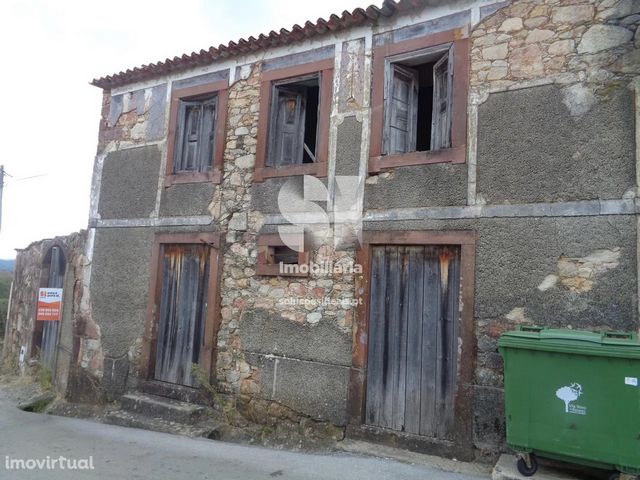
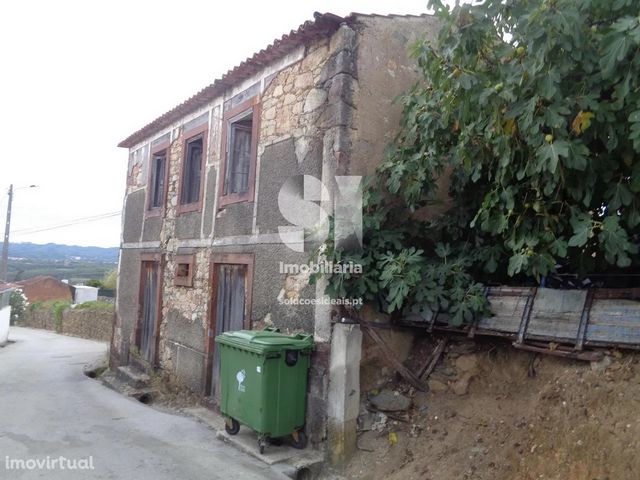

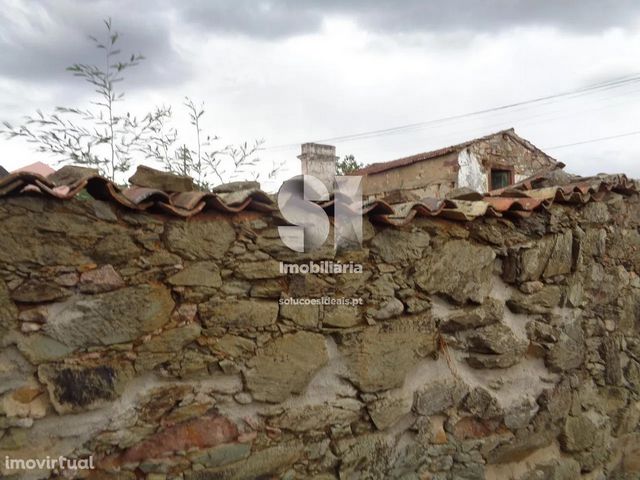
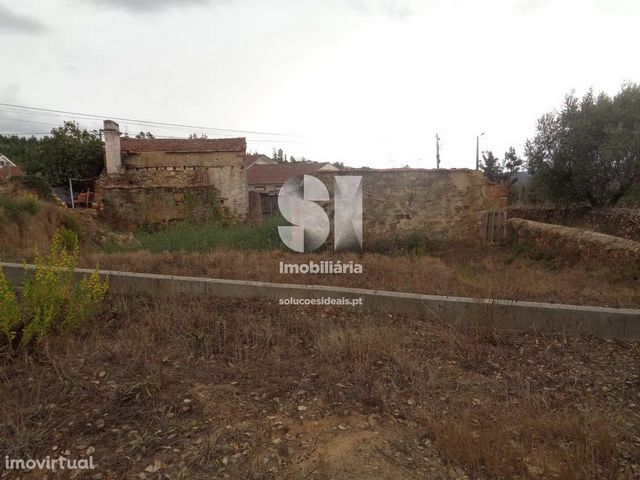


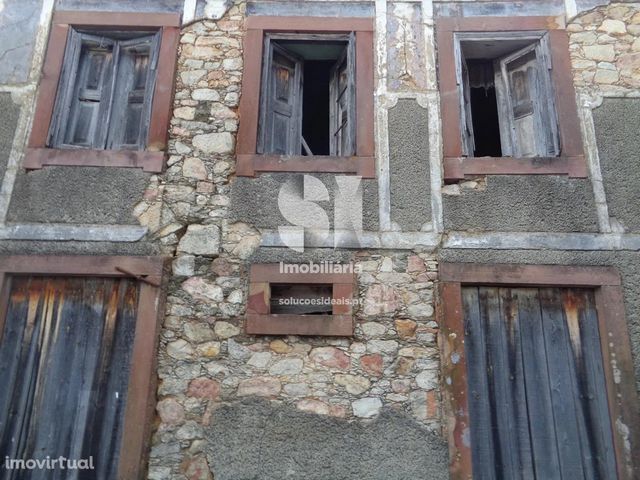

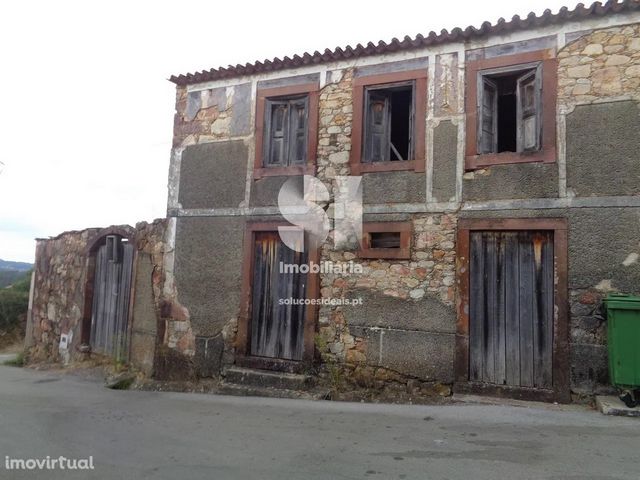



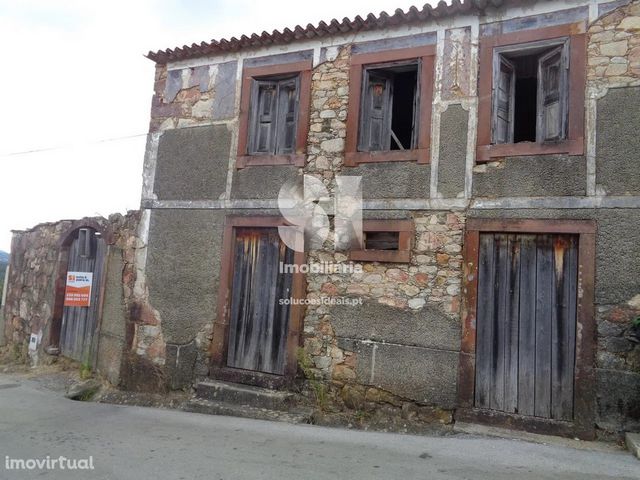
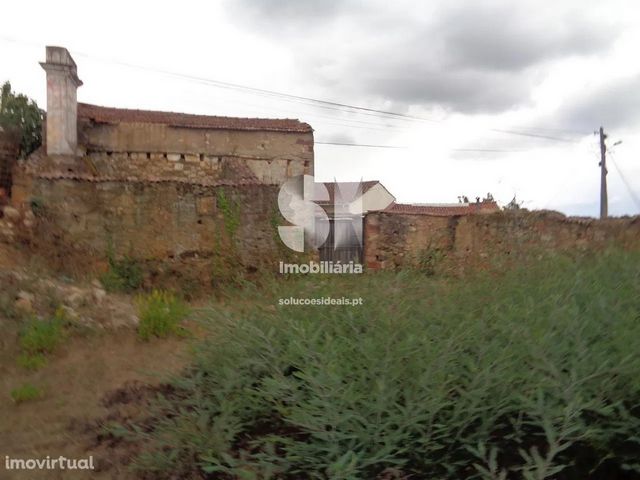
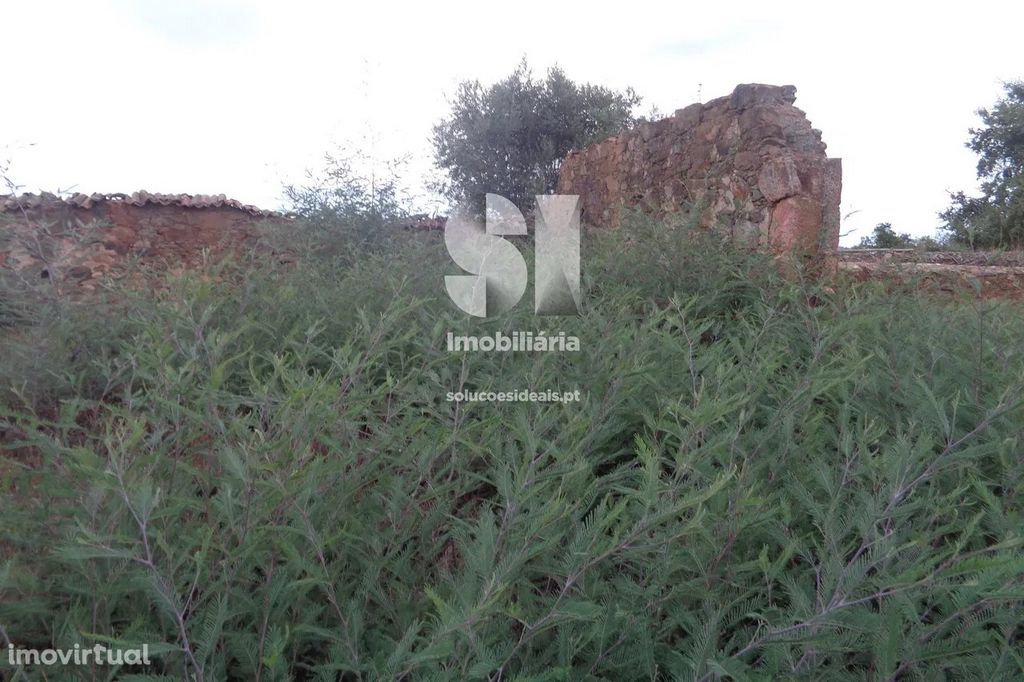
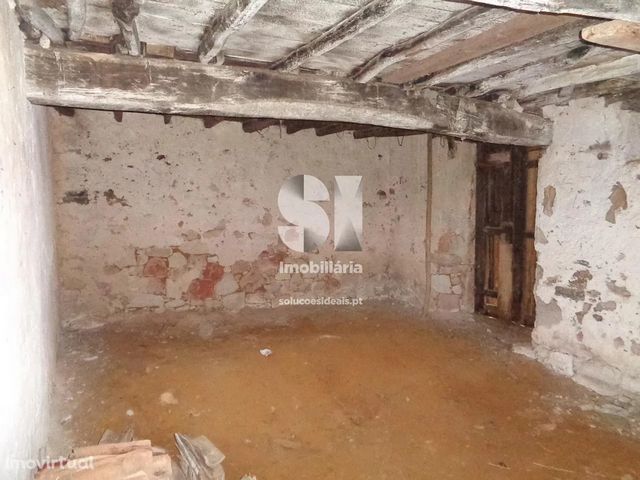

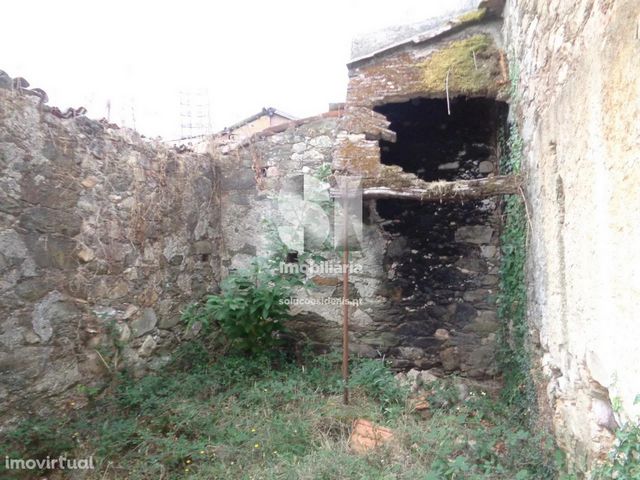
With land of approximately 530 square meters.
5 minutes from the center of the village of Vila Nova de Poiares, and 2 minutes from various shopping places, such as: Cafes, pastry shops, restaurants, supermarket, etc.
Vila Nova de Poiares is located in the center of Portugal, more specifically in the district of Coimbra between the mountains of Carvalho, São Pedro Dias and Magarrufe as well as the rivers Alva and Mondego.
In administrative terms it borders the municipalities of Coimbra, Miranda do Corvo, Lousã, Gois, Arganil and Penacova.
Parishes
The municipality of Poiares consists of four parishes: Poiares (Santo André); St. Michael of Poiares; Arrifana and Lavegadas.
The municipality occupies an area of about 85 km2, with a population density of more than 80 inhabitants per km2.
Territory with history
The vestiges of settlement of this territory date back to Prehistory, more specifically to the Neolithic period, between the year 5,000 and 2,000 BC. At the top of the Serra de São Pedro Dias we find a Dolmen that testifies to it, which is a monument classified as of national interest.
The Romans also left their mark. There are records that tell us of a Roman bridge in the place of "Murcella". Here passed one of the most important roads, which made the connection from Coimbra to Bobadela, near Oliveira do Hospital.
We can see the passage of Muslims in this space through the legends and toponyms of which are example, Moura Morta, Toca da Moura or Mouras Encantadas. We know that since the eighth and ninth centuries settlements have been established in this territory, which is proven in several documentary records referring to the possession by the Monastery of Lorvão. "Algazala", "Lauredo" and "Sautelo", are referred to in documents of 777, in a donation made by King Ordoño of Asturias to the Monastery of Lorvão.
This space surrounded by three rivers, Mondego, Alva and Ceira, will have been the object of greed on the part of some "Lusos", who attracted by the temperate climate and captivated with the food diversity, meat of animals and fish of the rivers, here were settling. The villages were growing in the hills and on the banks of the rivers, especially the Mondego. Ancient documentation refers to the existence of Castros or Crastos, which would serve essentially to monitor the river traffic or to take refuge from the settlers.
Hostels in Poiares
It is in this context that the Albergaria de Poiares appears to us, full proof of the importance of these paths, providing support to pilgrims and travelers in the region of Beiras.
Already in 1258, during the inquiries ordered to be carried out by King Afonso III, the Albergaria de Poiares is mentioned. The Albergarias were places where travelers and pilgrims were gathered, to whom some comfort was provided. These were pious institutions. The kings, generally occupied in these first years of the kingdom's life by the wars of the reconquest, left the way open for the action of the queens who thus assumed an important role in the care of the needy, particularly in these true hospitals of charity.
The Albergaria de Poiares had its foundation by the hand of Queen D. Dulce, wife of King D. Sancho I. This queen bought the place of "Ervedal" and its term, to build there the Albergaria de Poiares that she had founded not far from Coimbra. We know that in 1210 King Sancho I left in Testament 200 "moravedis" to the Albergaria de Poiares. In the Tomb of Goods of 1589 of the University of Coimbra we can confirm the various forums that this University granted to the territories that are today belonging to the municipality of Vila Nova de Poiares, as well as the "Juradias" of Algaça or São Miguel that existed here. The territory of the current county had as owners not only Religious Institutions or Religious nature, but also nobles. Here had domains the Monastery of Lorvão, in the person of the Abbess Dona Catarina de Albuquerque, as well as the Monastery of Santa Cruz, and also the Monastery of Santa Clara, which in the sixteenth century appears to us as having intervened the Abbess Dona Beatriz da Silva. In some documents, such as the Charter of Foral given by Queen D. Dulce to the Albergaria de Poiares, in the month of May 1195, the existence of several religious houses and small convents is attested. Examples of this are the House of the Friars of Concha, today the place of Póvoa da Abraveia and the Convent of São Miguel de Poiares. Nobles, we can refer to the House of the Duke of Aveiro, Dom Diogo da Silveira, Count of Sortelha and Lord of Goes; Dom Diogo Manuel, Prior of Palmela, or Gaspar Juzarte and his wife from Montemor-o-Velho, who have couples who depart (divide), with "Omeres", belonging to the University of Coimbra. Also the Count of Mira, Lord of Penacova, Don Sancho de Noronha had dominions here.
Lands of Poyares
In 1590 the "head" of the Lands of Poyares was in the place of Arrifana.
It was also in the first centuries of the building of the Nation that the name of the "Lands of Poiares" – "Vimieira a par de Poiares" – arose. A name that relates in a "passionate" and legendary way with D. Afonso Henriques, through a legend that tells the "feat" of the King of Portugal riding from the Old Cathedral of Coimbra to the "Lands of Poyares" to stop a Papal Cardinal who had excommunicated the Kingdom of Portugal.
The Municipality of Poiares was born in the reign of D. Maria II, the result of administrative reorganization reforms carried out by the Setembrist Government ideologically oriented by Passos Manuel and promulgated in 1836.
It had this county as its first designation: "Santo André de Poyares".
Primitively, its borders were limited to the south by the river Ceira, had the Parish of Friúmes, today municipality of Penacova, the Parish of Semide on the right bank of the river Ceira today of the municipality of Miranda do Corvo and part of the Parish of Serpins today of the municipality of Lousã. In 1855, in the reign of D. Pedro V, due to influences foreign to the administrative authorities of the county, Poiares is "mutilated" passing these territories to be part of these neighboring municipalities. Alexandre Herculano, in his book "Scenes of a Year of My Life and Travel Notes" testifies to us:
"The county of Poiares: a kind of English America: Liberalism of the inhabitants. St. Andrew's Village is his Washington – barren but cultivated land."
We can consider the space of the parish of Arrifana of paramount importance until the eighteenth century, namely as a point of passage and connection of the banks of the river Mondego to the most important Varas in the interior of the territory. The river traffic of Mondego, departed and arrived from Figueira da Foz to the Port of Raiva. From Louredo the "Barcas Serranas", loaded with bush and carqueja, wood chips and other products, went down the river towards Coimbra and Figueira da Foz. View more View less Moradia Isolada, com vista privilegiadas sobre varias serras.
Com terreno de aproximadamente 530 metros quadrados.
Aa 5 minutos do centro da Vila de Vila Nova de Poiares, e a 2 minutos de vários locais de compras , tais como: Cafés, pastelarias, restaurantes, supermercado, etc.
Vila Nova de Poiares situa-se no centro de Portugal, mais propriamente no distrito de Coimbra entre as serras do Carvalho, de São Pedro Dias e de Magarrufe assim como dos rios Alva e Mondego.
Em termos administrativos faz fronteira com os concelhos de Coimbra, Miranda do Corvo, Lousã, Gois, Arganil e Penacova.
Freguesias
O concelho de Poiares é constituído por quatro freguesias: Poiares (Santo André); São Miguel de Poiares; Arrifana e Lavegadas.
O concelho ocupa uma área de cerca de 85 Km2, apresentando uma densidade populacional de mais de 80 habitantes por km2.
Território com história
Os vestígios de povoamento deste território, remontam à Pré – História, mais especificamente ao período Neolítico, compreendido entre o ano 5.000 e 2.000 a.C. No alto da serra de São Pedro Dias encontramos um Dólmen que o testemunha, o qual é monumento classificado de interesse nacional.
Os Romanos deixaram também a sua marca. Existem registos que nos dão conta de uma ponte Romana no lugar de “Murcella”. Por aqui passava uma das mais importantes vias, que fazia a ligação de Coimbra a Bobadela, perto de Oliveira do Hospital.
Podemos constatar a passagem dos Muçulmanos neste espaço através das lendas e topónimos de que são exemplo, Moura Morta, a Toca da Moura ou as Mouras Encantadas. Sabemos que desde os Século oitavo e nono se constituíram povoados neste território, o que se comprova em diversos registos documentais referentes à posse por parte do Mosteiro do Lorvão. “Algazala”, “Lauredo” e “Sautelo”, são referidas em documentos de 777, em doação feita pelo rei Ordonho das Astúrias ao Mosteiro de Lorvão.
Este espaço circundado por três rios, Mondego, Alva e Ceira, terá sido objecto de cobiça por parte de alguns “Lusos”, que atraídos pelo clima temperado e cativados com a diversidade alimentar, carne de animais e peixe dos rios, aqui se foram fixando. Os povoados foram crescendo nas colinas e nas margens dos rios, em especial do Mondego. Documentação antiga refere a existência de Castros ou Crastos, que serviriam essencialmente para vigiar o trafico fluvial ou para refugio dos povoadores.
Albergaria de Poiares
É neste contexto que nos surge a Albergaria de Poiares, prova cabal da importância destes caminhos, prestando apoio a peregrinos e viajantes na região das Beiras.
Já em 1258, aquando das inquirições mandadas realizar pelo rei D. Afonso III, é referida a Albergaria de Poiares. As Albergarias eram locais onde se recolhiam viajantes e peregrinos aos quais se prestava algum conforto. Tratavam-se de instituições pias. Os reis, geralmente ocupados nestes primeiros anos de vida do reino pelas guerras da reconquista, deixavam caminho aberto para a acção das rainhas que assumiam assim um importante papel na assistência dos necessitados, particularmente nestes verdadeiros hospitais de caridade.
A Albergaria de Poiares teve a sua fundação pela mão da Rainha D. Dulce, esposa do rei D. Sancho I. Esta rainha comprou o local de “Ervedal” e seu termo, para aí mandar edificar a Albergaria de Poiares que fundara não longe de Coimbra. Sabemos que em 1210 o Rei D. Sancho I deixou em Testamento 200 “moravedis” à Albergaria de Poiares. No Tombo de Bens de 1589 da Universidade de Coimbra podemos confirmar os diversos foros que esta Universidade concedeu aos territórios que são hoje pertença do concelho de Vila Nova de Poiares, assim como as “Juradias” de Algaça ou São Miguel que aqui existiam. O território do actual concelho teve como proprietários não só Instituições Religiosas ou de cariz Religioso, mas também nobres. Aqui possuíam domínios o Mosteiro do Lorvão, na pessoa da Abadessa Dona Catarina de Albuquerque, bem como o Mosteiro de Santa Cruz, e ainda o Mosteiro de Santa Clara, que no século XVI nos aparece como tendo interveniente a Abadessa Dona Beatriz da Silva. Em alguns documentos, como a Carta de Foral dada pela rainha D. Dulce à Albergaria de Poiares, no Mês de Maio de 1195, atesta-se a existência de diversas casas religiosas e pequenos conventos. Disso são exemplo a Casa dos Frades da Concha, hoje lugar de Póvoa da Abraveia e o Convento de São Miguel de Poiares. Nobres, podemos referir a Casa do Duque de Aveiro, Dom Diogo da Silveira, Conde da Sortelha e Senhor de Goes; Dom Diogo Manuel, Prior de Palmela, ou ainda Gaspar Juzarte e sua mulher de Montemor-o-Velho, que tem casais que partem(dividem), com “Omeres”, pertença da Universidade de Coimbra. Também o Conde de Mira, Senhor de Penacova, Dom Sancho de Noronha aqui tinha domínios.
Terras de Poyares
Em 1590 a “cabeça” das Terras de Poyares era no lugar da Arrifana.
Terá sido também nos primeiros séculos da edificação da Nação que surgiu o nome das “Terras de Poiares” – «Vimieira a par de Poiares». Um nome que se relaciona de uma forma “apaixonada” e lendária com D. Afonso Henriques, através de uma lenda que conta o “feito” do Rei de Portugal a cavalgar da Sé Velha de Coimbra até às “Terras de Poyares” para travar um Cardeal Papal que havia excomungado o Reino de Portugal.
O Concelho de Poiares nasce no reinado de D. Maria II, fruto de reformas de reorganização administrativa levadas a cabo pelo Governo Setembrista ideologicamente orientadas por Passos Manuel e promulgadas em 1836.
Teve este concelho como primeira designação: “Santo André de Poyares”.
Primitivamente, as suas fronteiras eram limitadas a Sul pelo rio Ceira, possuía a Freguesia de Friúmes, hoje concelho de Penacova, a Freguesia de Semide da margem direita do rio Ceira hoje do concelho de Miranda do Corvo e parte da Freguesia de Serpins hoje do concelho da Lousã. Em 1855, no reinado de D. Pedro V, devido a influências estranhas às autoridades administrativas do concelho, é Poiares “mutilado” passando estes territórios a fazer parte desses concelhos limítrofes. Alexandre Herculano, no seu livro “Cenas de Um Ano da Minha Vida e Apontamentos de Viagem” testemunha-nos:
«O concelho de Poiares: espécie de América Inglesa: Liberalismo dos habitantes. A Aldeia de Santo André é a sua Washington – terrenos áridos mas cultivados» .
Podemos considerar o espaço da freguesia da Arrifana de suma importância até ao século XVIII, nomeadamente como ponto de passagem e de ligação das margens do rio Mondego até ás Varas mais importantes no interior do território. O tráfego fluvial do Mondego, partia e chegava desde a Figueira da Foz até ao Porto da Raiva. De Louredo as “Barcas Serranas”, carregadas de mato e carqueja, cavacas de madeira e outros produtos, desciam o rio em direção a Coimbra e à Figueira da Foz. Detached villa, with privileged views over several mountains.
With land of approximately 530 square meters.
5 minutes from the center of the village of Vila Nova de Poiares, and 2 minutes from various shopping places, such as: Cafes, pastry shops, restaurants, supermarket, etc.
Vila Nova de Poiares is located in the center of Portugal, more specifically in the district of Coimbra between the mountains of Carvalho, São Pedro Dias and Magarrufe as well as the rivers Alva and Mondego.
In administrative terms it borders the municipalities of Coimbra, Miranda do Corvo, Lousã, Gois, Arganil and Penacova.
Parishes
The municipality of Poiares consists of four parishes: Poiares (Santo André); St. Michael of Poiares; Arrifana and Lavegadas.
The municipality occupies an area of about 85 km2, with a population density of more than 80 inhabitants per km2.
Territory with history
The vestiges of settlement of this territory date back to Prehistory, more specifically to the Neolithic period, between the year 5,000 and 2,000 BC. At the top of the Serra de São Pedro Dias we find a Dolmen that testifies to it, which is a monument classified as of national interest.
The Romans also left their mark. There are records that tell us of a Roman bridge in the place of "Murcella". Here passed one of the most important roads, which made the connection from Coimbra to Bobadela, near Oliveira do Hospital.
We can see the passage of Muslims in this space through the legends and toponyms of which are example, Moura Morta, Toca da Moura or Mouras Encantadas. We know that since the eighth and ninth centuries settlements have been established in this territory, which is proven in several documentary records referring to the possession by the Monastery of Lorvão. "Algazala", "Lauredo" and "Sautelo", are referred to in documents of 777, in a donation made by King Ordoño of Asturias to the Monastery of Lorvão.
This space surrounded by three rivers, Mondego, Alva and Ceira, will have been the object of greed on the part of some "Lusos", who attracted by the temperate climate and captivated with the food diversity, meat of animals and fish of the rivers, here were settling. The villages were growing in the hills and on the banks of the rivers, especially the Mondego. Ancient documentation refers to the existence of Castros or Crastos, which would serve essentially to monitor the river traffic or to take refuge from the settlers.
Hostels in Poiares
It is in this context that the Albergaria de Poiares appears to us, full proof of the importance of these paths, providing support to pilgrims and travelers in the region of Beiras.
Already in 1258, during the inquiries ordered to be carried out by King Afonso III, the Albergaria de Poiares is mentioned. The Albergarias were places where travelers and pilgrims were gathered, to whom some comfort was provided. These were pious institutions. The kings, generally occupied in these first years of the kingdom's life by the wars of the reconquest, left the way open for the action of the queens who thus assumed an important role in the care of the needy, particularly in these true hospitals of charity.
The Albergaria de Poiares had its foundation by the hand of Queen D. Dulce, wife of King D. Sancho I. This queen bought the place of "Ervedal" and its term, to build there the Albergaria de Poiares that she had founded not far from Coimbra. We know that in 1210 King Sancho I left in Testament 200 "moravedis" to the Albergaria de Poiares. In the Tomb of Goods of 1589 of the University of Coimbra we can confirm the various forums that this University granted to the territories that are today belonging to the municipality of Vila Nova de Poiares, as well as the "Juradias" of Algaça or São Miguel that existed here. The territory of the current county had as owners not only Religious Institutions or Religious nature, but also nobles. Here had domains the Monastery of Lorvão, in the person of the Abbess Dona Catarina de Albuquerque, as well as the Monastery of Santa Cruz, and also the Monastery of Santa Clara, which in the sixteenth century appears to us as having intervened the Abbess Dona Beatriz da Silva. In some documents, such as the Charter of Foral given by Queen D. Dulce to the Albergaria de Poiares, in the month of May 1195, the existence of several religious houses and small convents is attested. Examples of this are the House of the Friars of Concha, today the place of Póvoa da Abraveia and the Convent of São Miguel de Poiares. Nobles, we can refer to the House of the Duke of Aveiro, Dom Diogo da Silveira, Count of Sortelha and Lord of Goes; Dom Diogo Manuel, Prior of Palmela, or Gaspar Juzarte and his wife from Montemor-o-Velho, who have couples who depart (divide), with "Omeres", belonging to the University of Coimbra. Also the Count of Mira, Lord of Penacova, Don Sancho de Noronha had dominions here.
Lands of Poyares
In 1590 the "head" of the Lands of Poyares was in the place of Arrifana.
It was also in the first centuries of the building of the Nation that the name of the "Lands of Poiares" – "Vimieira a par de Poiares" – arose. A name that relates in a "passionate" and legendary way with D. Afonso Henriques, through a legend that tells the "feat" of the King of Portugal riding from the Old Cathedral of Coimbra to the "Lands of Poyares" to stop a Papal Cardinal who had excommunicated the Kingdom of Portugal.
The Municipality of Poiares was born in the reign of D. Maria II, the result of administrative reorganization reforms carried out by the Setembrist Government ideologically oriented by Passos Manuel and promulgated in 1836.
It had this county as its first designation: "Santo André de Poyares".
Primitively, its borders were limited to the south by the river Ceira, had the Parish of Friúmes, today municipality of Penacova, the Parish of Semide on the right bank of the river Ceira today of the municipality of Miranda do Corvo and part of the Parish of Serpins today of the municipality of Lousã. In 1855, in the reign of D. Pedro V, due to influences foreign to the administrative authorities of the county, Poiares is "mutilated" passing these territories to be part of these neighboring municipalities. Alexandre Herculano, in his book "Scenes of a Year of My Life and Travel Notes" testifies to us:
"The county of Poiares: a kind of English America: Liberalism of the inhabitants. St. Andrew's Village is his Washington – barren but cultivated land."
We can consider the space of the parish of Arrifana of paramount importance until the eighteenth century, namely as a point of passage and connection of the banks of the river Mondego to the most important Varas in the interior of the territory. The river traffic of Mondego, departed and arrived from Figueira da Foz to the Port of Raiva. From Louredo the "Barcas Serranas", loaded with bush and carqueja, wood chips and other products, went down the river towards Coimbra and Figueira da Foz.